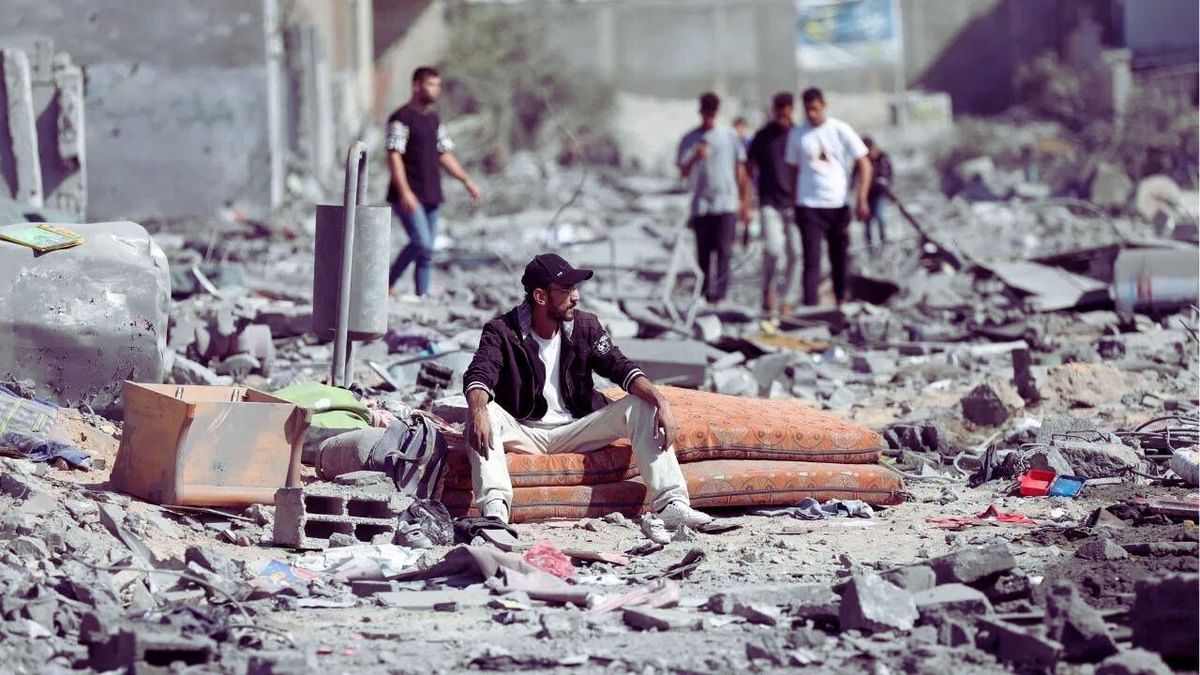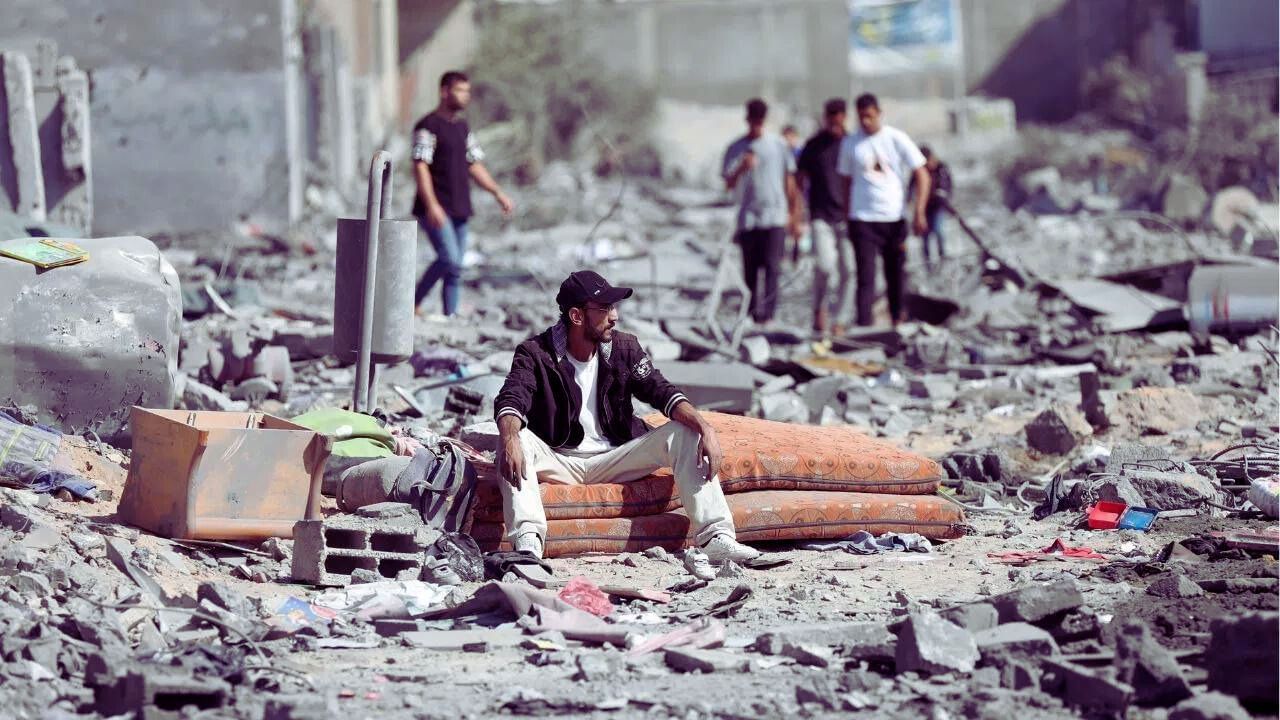[ad_1]

Image Credit source: AP/PTI
Due to the ongoing war between Israel and Palestine, scenes of devastation are seen everywhere. Israel’s invasion and blockade of Gaza continues. The condition of the Gazans is getting worse and worse due to the Israeli attack. Destruction is visible everywhere due to air strikes. The condition of the people is bad. Electricity has been cut off in hospitals. Medical services have almost come to a standstill. In this situation, Gaza now faces the threat of infectious diseases, including cholera. The possibility of people dying from infectious diseases is increasing. International agencies have warned about infectious diseases.
Oxfam and UN agencies have warned that the lack of water and sanitation services could lead to outbreaks of cholera and other deadly infectious diseases if humanitarian aid is not delivered immediately.
After Hamas declared a complete blockade of the Palestinian territory following the attack, Israel cut off its water pipeline to Gaza, as well as fuel and electricity-powered water and sewage plants.
Almost all of Gaza’s sewage pumping stations closed
Most of Gaza’s 65 sewage pumping stations and all five of its wastewater treatment facilities are out of action. According to Oxfam, untreated sewage is now being discharged into the sea, while in some streets there are bodies waiting to be buried.
Plants have stopped working and municipalities are unable to supply water to residential areas due to power shortages. Some Gazans depend on salty tap water from the enclave’s only aquifer, which is contaminated with sewage and seawater, or resort to drinking seawater. Others are forced to drink water from farm wells.
The United Nations says Gazans currently have only three liters of water per person per day to meet all their needs, including drinking, washing clothes, cooking and flushing toilets. According to the World Health Organization (WHO), a person needs 50-100 liters of water per day to meet their basic health needs.
Clean drinking water became a big problem
About 20 children and seven adults live in my parents’ house, said a worker at the shelter charity Islamic Relief in Khan Younis. “With so many people, we only flush the toilet twice a day to save water – once in the morning, once at night.”
Increased risk of infectious diseases including cholera
UN says water ‘matter of life and death’ for Gaza after Israeli siege ‘We are ready to go’ Fears are growing that dehydration and water-borne diseases could cause humanitarian catastrophe during Israeli airstrikes are
Matthew Truscott, Oxfam’s head of humanitarian policy, said he was dismayed at the idea that water and medicine stockpiles just a few kilometers across the border could spread disease. “Cholera is one of the many waterborne diseases that can be spread – if we get help, many of these diseases can be prevented,” he said.
UN chief Antonio Guterres on Wednesday called for an immediate humanitarian cease-fire to reduce “massive human suffering” in Gaza. That same day, the US vetoed a UN Security Council resolution, supported by many other members, calling for a humanitarian halt to Israel’s bombing of Gaza.
[ad_2]
